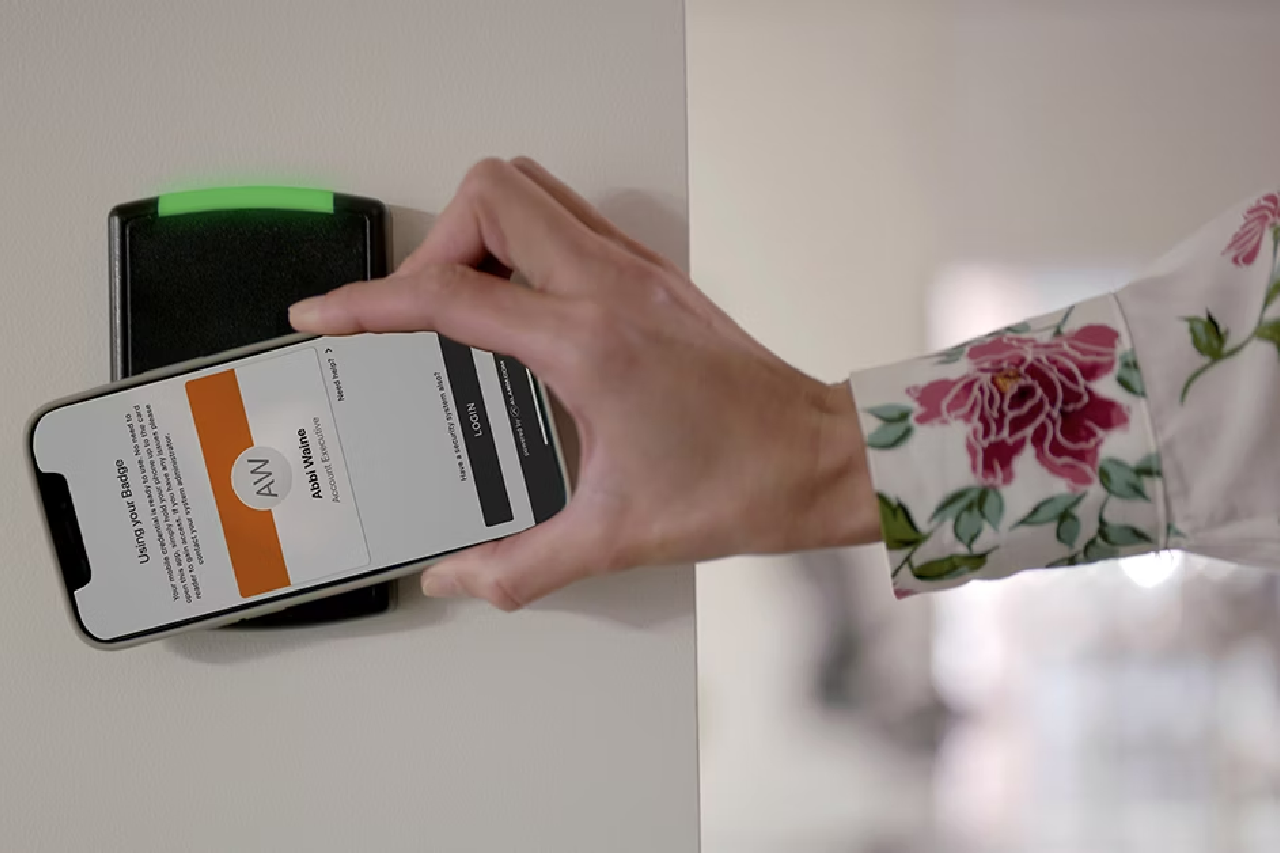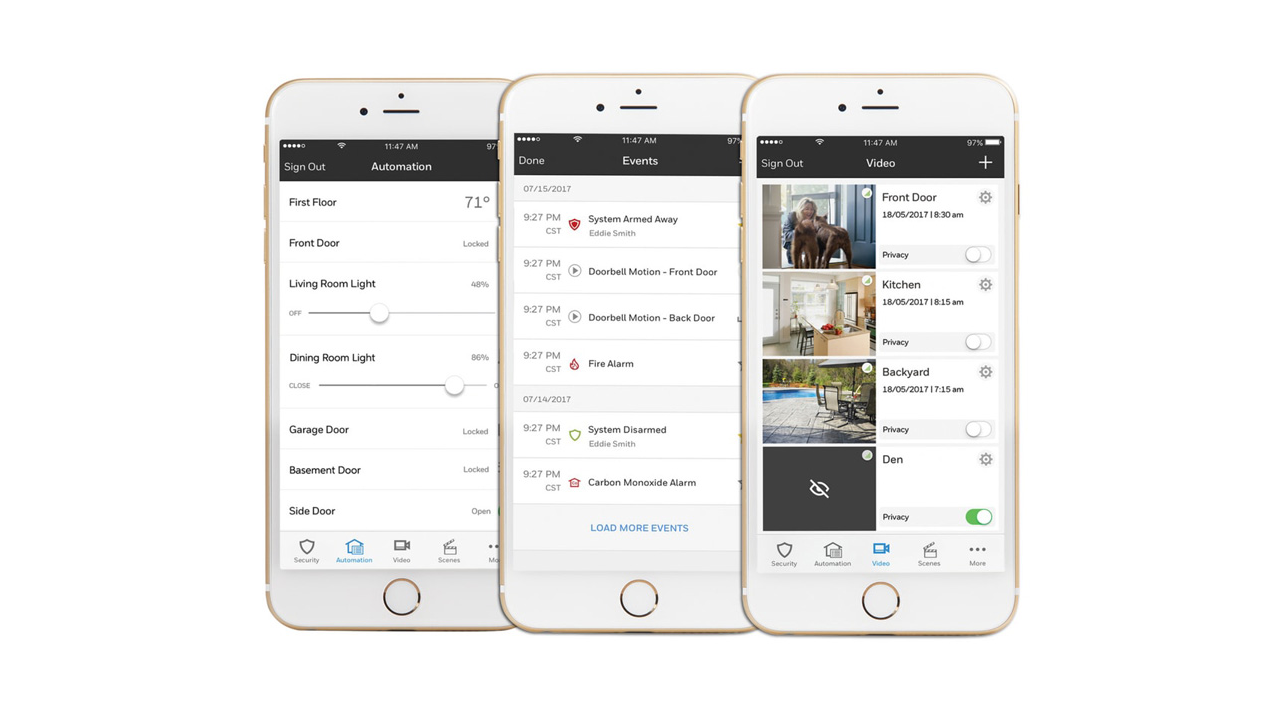Last Updated on May 29, 2024 by Alarm New England
Biometric access control has emerged as a powerful and reliable means of verifying identities and enhancing security across various industries. From fingerprint recognition to facial and iris scans, biometrics has rapidly evolved and is poised to play an even more significant role in access control systems of the future. In this blog, we will explore the exciting and innovative trends that are shaping the future of biometric access control.

Multi-Modal Biometrics
One of the most promising trends in biometric access control is the adoption of multi-modal biometrics. Rather than relying on a single biometric modality (e.g., fingerprint or facial recognition), multi-modal systems combine multiple biometric factors for enhanced accuracy and security. For instance, a system may require both fingerprint and iris scans for access, making it considerably more challenging for unauthorized individuals to gain entry. Multi-modal biometrics can provide an extra layer of security while also improving user convenience.
Behavioral Biometrics
Behavioral biometrics is an emerging trend that focuses on unique patterns in human behavior, such as typing rhythm, gait, and voice recognition. This form of biometric authentication can be used alongside traditional biometrics to add an extra layer of security. Behavioral biometrics are difficult to imitate and can help detect anomalies in real-time, making them particularly useful in fraud prevention and continuous authentication scenarios.
Contactless Biometrics
The COVID-19 pandemic has accelerated the adoption of contactless technologies, including contactless biometrics. Contactless biometric systems use technologies like facial recognition and iris scans to verify identities without physical contact. These systems offer several advantages, such as increased hygiene and reduced risk of transmission. As a result, contactless biometrics are becoming increasingly prevalent in applications like airport security, healthcare, and access control for public spaces.
Artificial Intelligence (AI) and Machine Learning
The integration of AI and machine learning into biometric systems is another significant trend. These technologies enable biometric systems to continually learn and adapt to evolving threats and user behaviors. AI-powered algorithms can improve accuracy, speed, and the ability to detect spoofing attempts. Additionally, they can analyze large datasets to identify trends and anomalies, making biometric access control systems more robust and reliable.
Mobile Biometrics
Mobile devices are becoming increasingly equipped with biometric sensors, such as fingerprint scanners and facial recognition cameras. This trend has led to the widespread use of biometrics for mobile authentication, like unlocking smartphones and authorizing mobile payments. In the future, we can expect to see more integration of mobile biometrics with access control systems, allowing individuals to use their smartphones for secure access to buildings, offices, and other controlled spaces.
Cloud-Based Biometrics
The adoption of cloud-based biometric solutions is on the rise. Cloud-based systems offer scalability, flexibility, and remote management capabilities. Organizations can store biometric templates securely in the cloud, reducing the need for on-site hardware and maintenance. Cloud-based biometrics can also facilitate easy integration with other security systems and enable real-time updates and monitoring.
Privacy and Data Protection
As biometric data becomes more widespread, privacy and data protection concerns have gained prominence. Future trends in biometric access control will place an even greater emphasis on securing biometric data and ensuring compliance with data protection regulations like GDPR and HIPAA. Technologies like homomorphic encryption and secure enclaves will be used to safeguard sensitive biometric information.
Blockchain Integration
Blockchain technology is being explored as a means to enhance the security and integrity of biometric data. By utilizing blockchain, biometric templates can be securely stored and authenticated without the need for a central authority. This decentralized approach can reduce the risk of data breaches and unauthorized access to biometric information.
Looking Ahead at Biometric Access Control
The future of biometric access control is filled with innovation and promises to revolutionize the way we secure our environments. Multi-modal biometrics, behavioral biometrics, contactless solutions, AI and machine learning integration, mobile biometrics, cloud-based systems, and heightened privacy measures are all driving this evolution. As technology continues to advance, biometric access control will become more accurate, secure, and convenient, making it an indispensable part of our daily lives.
However, it’s crucial to balance the benefits of biometric access control with privacy considerations and data protection regulations. The responsible development and deployment of these technologies will ensure that they remain a force for good in enhancing security and access control across various sectors. As we embrace these future trends, it is essential to strike the right balance between security, convenience, and privacy to create a safer and more secure world for everyone.






